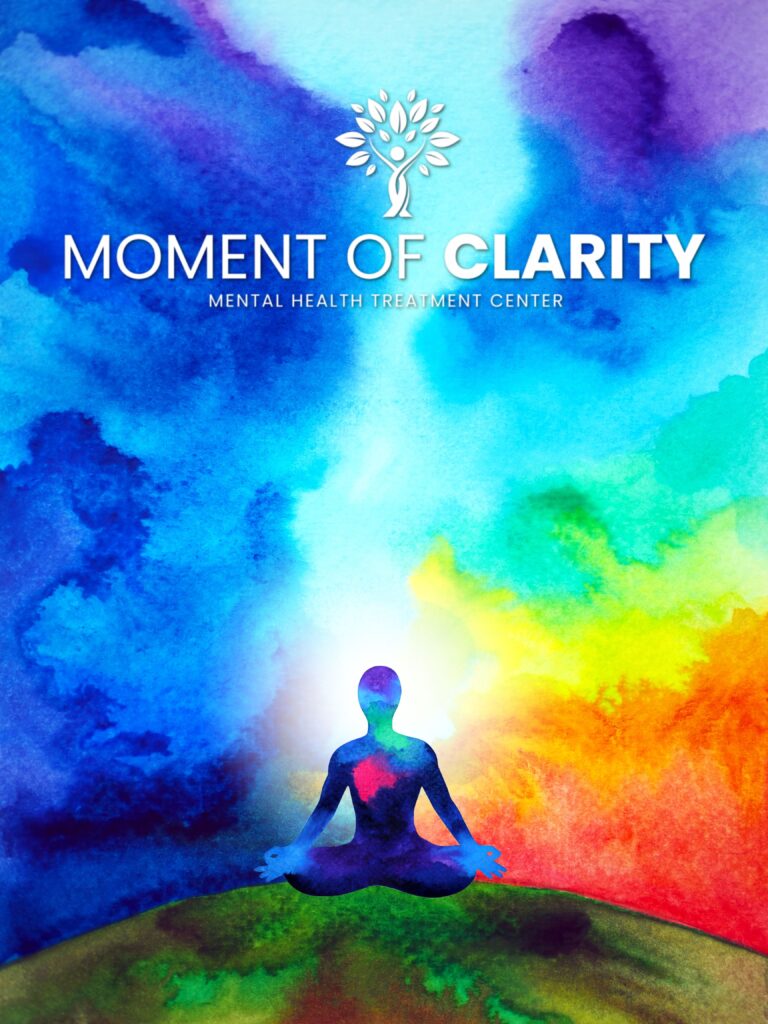Ketamine-assisted therapy for trauma represents a fundamentally different approach to trauma treatment by combining pharmacological intervention with psychotherapy. Unlike traditional trauma therapies such as Cognitive Behavioral Therapy (CBT), which relies solely on psychological techniques to process traumatic memories, ketamine-assisted therapy uses the dissociative anesthetic ketamine to create an altered state of consciousness. This neurochemical shift temporarily disrupts default thought patterns and reduces the brain’s fear response, allowing patients to examine traumatic experiences with greater emotional distance and reduced psychological distress.
The treatment structure and patient experience also differ markedly from conventional approaches. Traditional trauma therapy typically involves weekly talk therapy sessions where patients gradually confront traumatic memories through verbal processing, behavioral exercises, or bilateral stimulation techniques while fully conscious and cognitively engaged.
On the other hand, ketamine-assisted therapy for trauma involves supervised medical administration of ketamine in a clinical setting, followed by a several-hour integration session with a trained therapist. Patients using ketamine infusion therapy for mental health often report profound shifts in perspective, mystical or transcendent experiences, and an ability to view their trauma from an observer’s standpoint rather than re-experiencing it with full emotional intensity.

What Happens During Ketamine-Assisted Therapy Sessions?
A ketamine-assisted therapy session typically unfolds in three distinct phases within a carefully controlled clinical environment. The preparation phase begins before any medication is administered, during which the therapist meets with the patient to establish intentions for the session, review the patient’s current emotional state, and create a safe and comfortable setting.
Once the patient is settled, ketamine is administered through the predetermined method, and vital signs are monitored throughout. Within minutes, patients enter an altered state of consciousness that typically lasts 45 minutes to two hours, depending on the dose and delivery method. During this time, patients may experience visual or auditory perceptual changes, a sense of floating or detachment from their body, time distortion, and profound introspective insights.
The integration phase is considered equally important as the medicine experience itself. As the acute effects of ketamine subside and the patient returns to normal consciousness, the therapist engages them in processing what emerged during the session. This might include discussing insights gained, emotions that surfaced, symbolic imagery encountered, or shifts in perspective about traumatic experiences.
How Does Ketamine Work in the Brain to Heal Trauma?
Ketamine’s therapeutic effects on trauma stem from its unique action on the brain’s glutamate system, which differs fundamentally from traditional antidepressants that target serotonin or other neurotransmitters. Ketamine primarily acts as an NMDA (N-methyl-D-aspartate) receptor antagonist, temporarily blocking these glutamate receptors and triggering a cascade of neurochemical changes.
This process essentially helps the brain form new synapses and strengthen existing ones, particularly in regions like the prefrontal cortex and hippocampus that are often impaired in trauma and depression. By promoting this rapid neuroplasticity, ketamine may help unstick the brain from rigid, maladaptive thought patterns and fear responses that keep trauma survivors trapped in cycles of hypervigilance, avoidance, and re-experiencing.
Beyond its effects on neuroplasticity, ketamine appears to disrupt the consolidation and reconsolidation of traumatic memories in ways that can reduce their emotional intensity. The dissociative state induced by ketamine temporarily dampens activity in the default mode network, which is the brain’s self-referential processing system that generates rumination and rigid narratives about past experiences.
Mental Health Treatment That Works
Call 949-625-0564What our customers are saying
How Does This Approach Compare to Talk Therapy?
While both ketamine-assisted therapy and traditional talk therapy aim to heal trauma, they employ fundamentally different mechanisms and pathways to achieve therapeutic change.
- Speed of Results: Ketamine therapy for PTSD and other conditions can produce noticeable improvements within hours to days, with many patients reporting significant relief after just a few sessions over several weeks. Traditional talk therapy typically requires months or even years of consistent weekly sessions to achieve similar breakthroughs, as it relies on gradual cognitive and emotional processing.
- Mechanism of Action: Ketamine works through direct neurochemical intervention, altering brain chemistry and promoting rapid neuroplasticity while inducing an altered state of consciousness. Talk therapy operates through psychological mechanisms without any pharmacological component.
- Accessing Traumatic Material: Under ketamine’s influence, patients can often access and examine traumatic memories with emotional distance and reduced distress, as the medication dampens fear responses and creates a dissociative buffer. In talk therapy, patients must confront traumatic material while fully conscious, which can be intensely painful.
- Treatment Intensity: Ketamine-assisted therapy involves intensive, several-hour sessions in a medical setting with close supervision. Talk therapy typically involves 50-minute outpatient sessions held weekly, continuing indefinitely until treatment goals are achieved.
- Medical Requirements: Ketamine therapy requires medical screening, physician oversight, vital sign monitoring, and contraindication assessment due to the medication’s cardiovascular and psychological effects. Talk therapy has no medical prerequisites and can be accessed by virtually anyone without physical health concerns.
Who Can Benefit From Ketamine-Assisted Trauma Treatment?
Ketamine-assisted therapy has shown promise for a diverse range of trauma survivors, though it’s particularly valuable for specific populations and clinical presentations.
- Treatment-Resistant PTSD Patients: Individuals who have tried multiple traditional therapies without adequate relief often find that ketamine opens new pathways for healing.
- Complex Trauma Survivors: People who experienced chronic, repeated trauma during childhood or developmental years, including abuse, neglect, or witnessing domestic violence.
- Veterans and First Responders: Military personnel, police officers, firefighters, and paramedics who have experienced combat, life-threatening situations, or repeated exposure to traumatic events.
- Individuals with Co-Occurring Depression: Trauma survivors who also struggle with treatment-resistant depression or suicidal ideation can benefit from ketamine’s rapid antidepressant effects while simultaneously processing trauma.
- Those Seeking Accelerated Healing: Individuals who need or want faster results due to life circumstances, such as facing major life transitions, custody evaluations, or career demands, may choose ketamine assisted therapy for couples in California to accelerate breakthroughs that would take significantly longer with talk therapy alone.

Key Takeaways on Ketamine-Assisted Therapy for Trauma
- Unlike traditional talk therapy that relies solely on psychological processing, ketamine-assisted therapy combines pharmacological intervention with psychotherapy by targeting the brain’s glutamate system.
- Ketamine’s dissociative properties enable patients to access and examine traumatic memories without experiencing the full intensity of fear and distress that typically accompanies trauma recall.
- Ketamine-assisted therapy has proven particularly beneficial for individuals who haven’t responded to multiple traditional treatments, including those with severe PTSD, complex childhood trauma, treatment-resistant depression, or co-occurring conditions.
- Most ketamine protocols involve a series of sessions with ongoing therapeutic support between and after ketamine treatments to ensure that neurobiological changes translate into sustained psychological healing.
- Ketamine-assisted therapy requires thorough medical evaluation, physician oversight, and monitoring due to potential cardiovascular effects and psychological risks.
Experience profound healing from trauma through innovative ketamine-assisted therapy at Moment of Clarity in Southern California. Our compassionate mental health specialists are dedicated to guiding you on your journey towards recovery and emotional well-being with our ketamine-assisted therapy for trauma programs. To begin your path to healing, contact our outpatient mental health treatment centers today at 949-625-0564 and let us support you in reclaiming your life.
Resources
- National Library of Medicine –Ketamine Assisted Psychotherapy: A Systematic Narrative Review of the Literature
- Harvard Medical School –Ketamine for treatment-resistant depression: When and where is it safe?
- National Library of Medicine –Trauma-Informed Therapy




